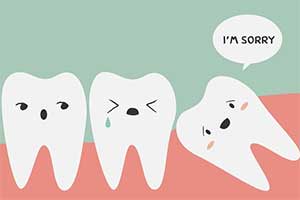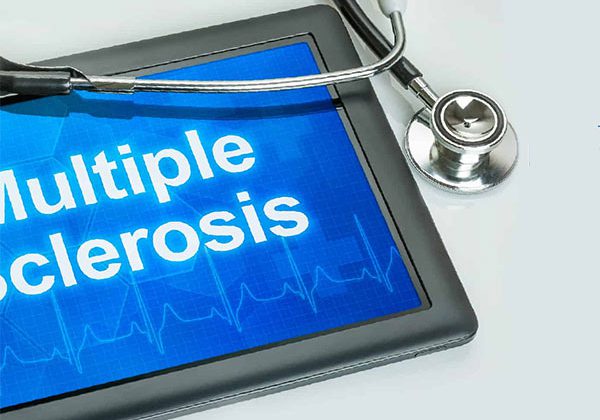Do wisdom teeth have to be removed?
Should you have a wisdom tooth removed if it is not causing you any pain? Oral and maxillofacial surgeon Hossein Ghaeminia of Radboud university medical center researched the risk of complications when removing these teeth
 He summarized his conclusions in a pamphlet, which can be used to better evaluate the risks for each patient. On June 23, Ghaeminia will receive his PhD for his research into problem-free wisdom teeth.
He summarized his conclusions in a pamphlet, which can be used to better evaluate the risks for each patient. On June 23, Ghaeminia will receive his PhD for his research into problem-free wisdom teeth.
Wisdom teeth that do not cause complaints are often removed to avoid future issues. However, in the event of removal, complications such as infection of the wound and nerve damage may arise. These complications lead to a reduced quality of life. Should you have a wisdom tooth removed or simply leave it be? OMF surgeon Hossein Ghaeminia shows us what to take into account for each individual.
To remove or not to remove?
Ghaeminia performed a systematic review of what has already been researched in this field. As it turned out, there was insufficient evidence to arrive at a conclusion. After conducting his own research, he determined that each patient must be considered individually. Ghaeminia: “On the one hand, surgical intervention is accompanied by a risk of complications, such as infection of the wound and damage to the sensory nerve of the lip and chin. On the other hand, leaving a problem-free wisdom tooth in place may eventually lead to more damage to the neighboring teeth.”
Risk factors
One of the most frequent complications after removing wisdom teeth is infection. Ghaeminia examined which factors contribute to the risk of infection: “People who are 26 or older and women run a greater risk of infection, but smoking also appears to be a risk factor.” He also looked into whether infection could be prevented by rinsing the cavity that once contained the tooth with tap water. That turned out to be true. “Compared with other options, such as antibiotics, rinsing with tap water is a relatively cheap and simple way to prevent infection after removal of the tooth. Patients can also do this at home,” says Ghaeminia.
Pamphlet
Ghaeminia compiled his conclusions into a pamphlet that can be used in clinical practice to improve patient care. It is a guide for both doctor and patient that should improve the process of deciding whether to remove a problem-free wisdom tooth. Furthermore, the pamphlet will serve to better inform patients of the individual risks. Ghaeminia: “A new division of patients with a high risk of nerve damage was made to help prevent nerve damage.” The pamphlet consists of a decision tree with arguments for and against the removal of wisdom teeth, risk factors for complications and methods for preventing infection.
Source: Radboud University Nijmegen Medical Centre
Title: Management of impacted third molars. Indication, diagnostics and complications Author(s): Ghaeminia, H. Publication year: 2017
Publication type: Dissertation




